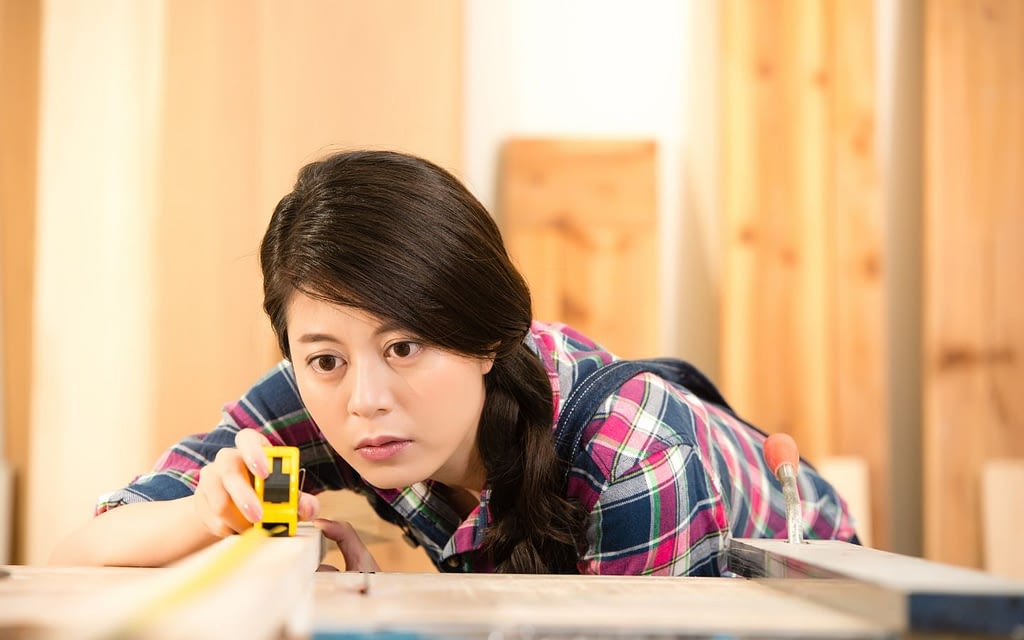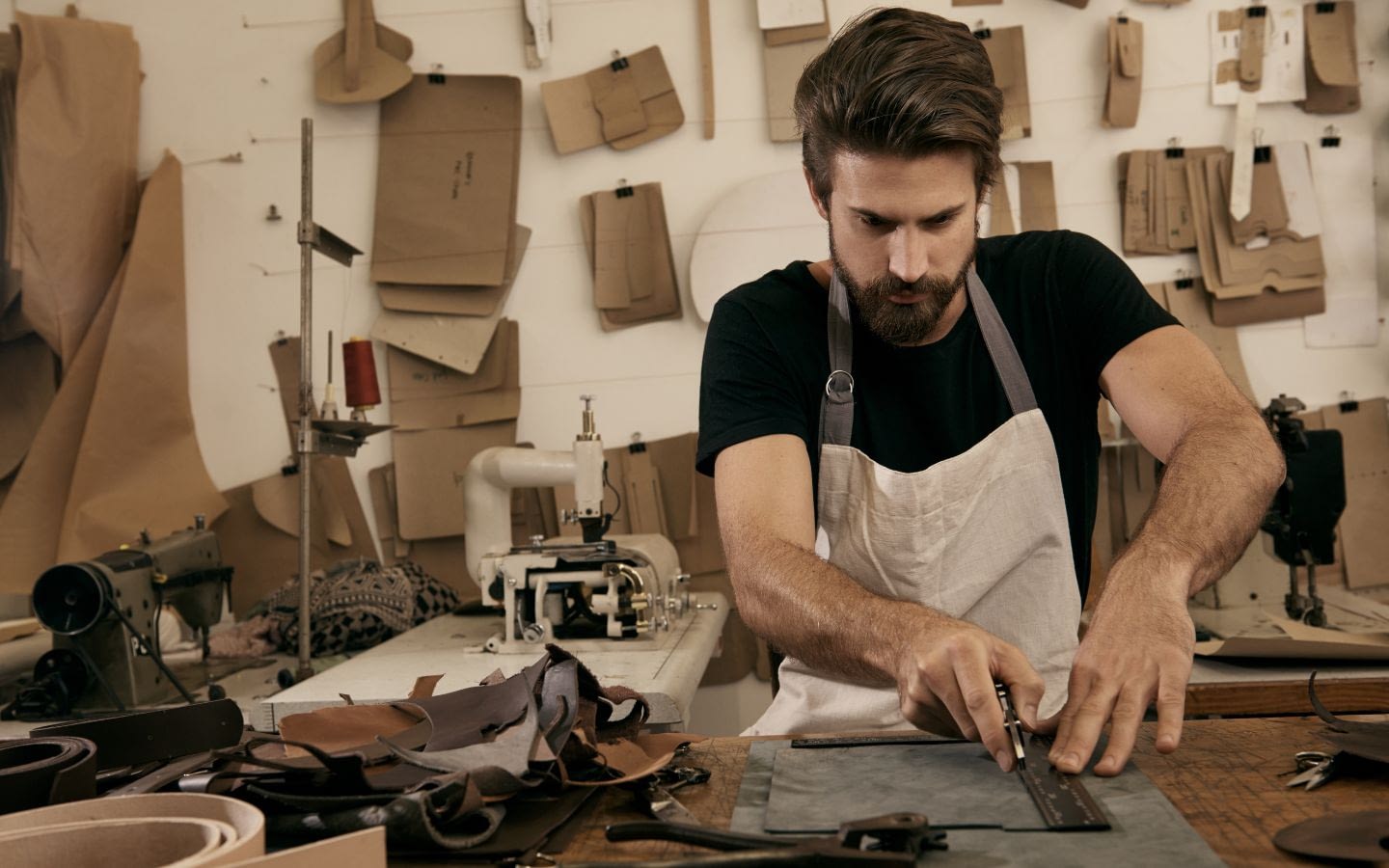Handmade should also be well-made. Etsy sellers must comply with all applicable rules and regulations, including government safety standards in both the destination country and their area. Sellers should recognize that even items entirely compliant with safety rules might have design and manufacturing flaws that can lead to safety risks. In summary, simply obeying the law does not necessarily imply safety. Both notions are significant, yet they necessitate distinct tactics.
Sellers should strive to constantly enhance the design and manufacture of their products when producing high-quality items. Just because you create a product with love does not necessarily imply that it is safe for sale to the wider public. A high-quality product necessitates careful design, meticulous engineering, and, in many cases, several prototype attempts to assure that purchasers receive only the best quality end product. Consider the following recommendations:

Put Safety in Mind When Designing Your Products
Consider the possible dangers of your product. Consider not just how the product may be used but also how it may be misused when assessing hazards.
While each nation’s regulations may change, the approach to safety is typically the same—you should build for safety. For example, the US Consumer Product Safety Commission’s (CPSC) best practices advice, which is accessible here, provides a “safety hierarchy,” which teaches that the safest method to eliminate risk is to redesign the product to remove the danger. If redesigning is not an option, a guard or barrier to isolate the user from the hazard is the next best option. If a guard is not possible, a warning should suffice.
Someone objective can call your assumptions into question. A product may be novel, inventive, and meet demand. However, a product may not already be on the market for various reasons, such as being prohibited or a lousy concept. Others may have pondered it and realized it might result in an injury. You can consider an independent review a critical step when developing items (particularly new product concepts) for children under three.

Design and Manufacturing Redundancies
Design and manufacture your product with as many redundancies as feasible. A redundancy occurs when an essential component or function is duplicated. When you or a third party assesses your product for potential critical failures, redundancy may be required.
The recognition of such probable failures, a seller should alter the piece to make it more resistant to failure. Could a different form, for example, be less likely to fail? Can you develop a specific item with a two-step twist and lock process? Or, if you want to glue or epoxy a component, may you also include a fastener, such as a screw, in case the glue fails?
Consistency and Quality
Handmade may provide sellers an excellent opportunity to physically evaluate each product, something a mass production strategy may not. This provides a chance to assure a constant high-quality output, but it also has the potential to contribute to inconsistency.
When creating your unique product, did you examine various design and production concepts? Have you created several prototypes? Have you, for example, investigated the strength and consistency of various variables? Modern manufacturers may test many prototypes to determine the best dimensions for optimal performance, the best type and amount of glue or epoxy, the best cure periods for strength, or the best fastener size and material. Designing and prototyping thoughtfully help you to define a standard against which can measure your future manufacturing process.

Specifications
Document your methods once you’ve discovered the optimal attributes of your product. This allows you to explicitly explain each phase of your task and the component pieces required. It also allows you to demonstrate to yourself and others (if necessary) the time and effort you put into creating and manufacturing your items.
It is vital to ensure that all parts are consistently and carefully picked for safety and compliance. Consider your supplier’s reputation and track record carefully. Purchasing components from unknown overseas manufacturers may result in cost reductions, but it may also result in higher hazards. Continue to ensure that no modifications in the parts you utilize have occurred as manufacturing progresses. Familiarize yourself with continuing testing requirements for children’s goods, such as the CPSC’s requirements for material change, and periodic and component testing.
When creating your products and managing your shop, you should also be well aware of Etsy’s Policies. Learn more in this blog post!






